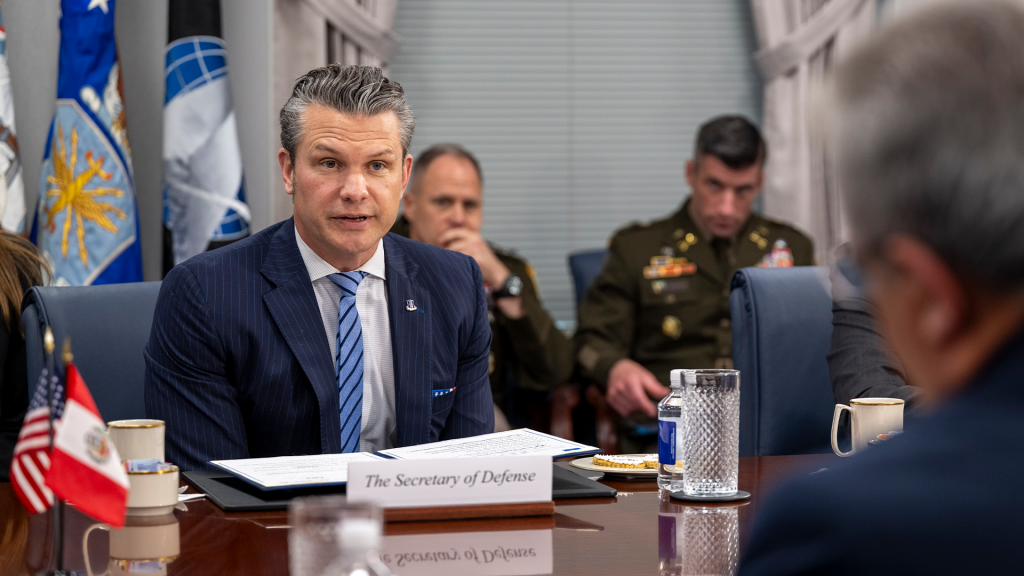Hegseth to cut 20% of 4-star generals, admirals

Defense Secretary Pete Hegseth wants the U.S. military to reduce the number of officials attaining the highest ranks. In a Monday, May 5, memo to senior Pentagon officials, Hegseth said the reduction is part of “ensuring lethality of U.S. Military Forces.”
“To accomplish this mission, we must cultivate exceptional senior leaders who drive innovation and operational excellence, unencumbered by unnecessary bureaucratic layers that hinder their growth and effectiveness,” he said.
The “Less generals, more G.I.s” order, as Hegseth referred to it in a post to X, reductions listed were a minimum 20% reduction of four-star generals across the Active Component, a minimum 20% reduction in National Guard officers and another 10% reduction in general and flag officers with the realignment of the Unified Command Plan.
The plan would be split into two phases, Hegseth said. The first pertains to the 20% reductions, while the second offers a deeper examination of the military’s overall operation plan.
CBS News attributed Department of Defense data showing 38 four-star generals or admirals as of March 31. CNN listed 37 as recently as 2023. The Defense secretary said there are currently 44.
“Through these measures, we will uphold our position as the most lethal fighting force in the world, achieving peace through strength and ensuring greater efficiency, innovation, and preparedness for any challenge that lies ahead,” Hegseth said.
Telegraphed reductions
Hegseth gave a preview of sorts of his view that the American military branches had too many senior leaders.
“There are thousands of additional Pentagon positions, headquarters positions, other positions that have been created over the last 30 years that don’t necessarily translate to battlefield success,” he told a town hall crowd at the Pentagon in February. “We won World War II with seven four-star generals. Today, we have 44.”
Hegseth said the reduction aims to “maximize strategic readiness,” not to “slash and burn” high-ranking officers. He called it the most comprehensive military reorganization since the Goldwater-Nichols Department of Defense Reorganization Act of 1986.
The reorganization comes months after the Trump administration announced the firing of Air Force Gen. CQ Brown Jr. on Feb. 21. Brown served as chairman of the Joint Chiefs of Staff. Hegseth has also steered reductions in headcount at the Pentagon with the consultation of the U.S. Department of Government Efficiency.





